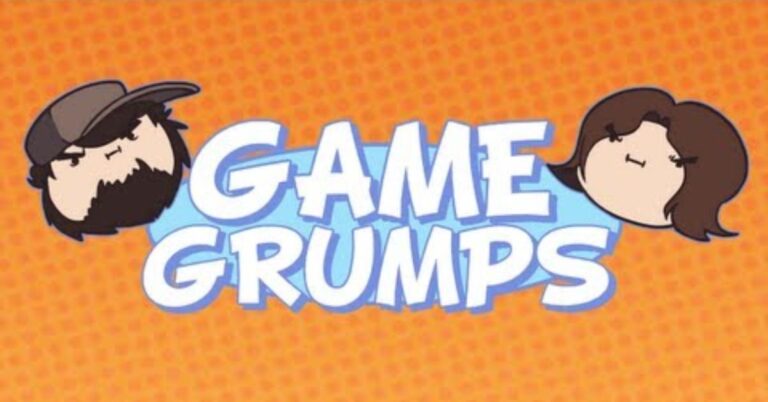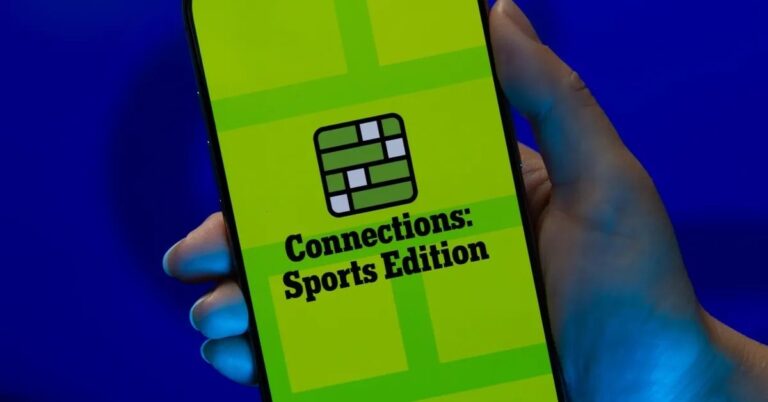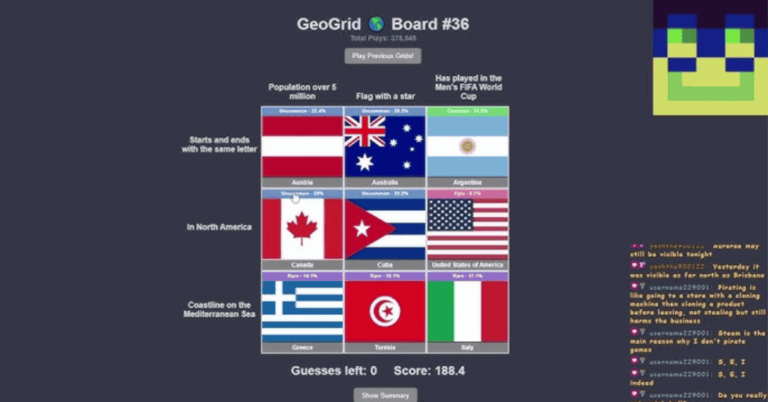Connections Game Hint: Your Ultimate Guide to Solving Today’s Puzzle
If you’re hooked on the New York Times’ Connections game, you know just how challenging and satisfying it can be to spot patterns in a sea of seemingly unrelated words. Whether you’re aiming to solve the regular edition or the Sports Edition, finding the right connections game hint can make or break your puzzle-solving streak. In this article, we’ll provide a comprehensive guide to help you master the game, while making sure you see the term connections game hint used exactly ten times—as promised!
What is the NYT Connections Game?
The Connections game by The New York Times is a daily word puzzle that challenges players to group 16 words into four sets of connected words. These connections can be based on meanings, themes, or even pop culture references. The groups are typically color-coded from easiest (yellow) to hardest (purple). A solid connections game hint can be the key to deciphering these connections efficiently.
Why Players Love It
Unlike single-word guessing games like Wordle, Connections pushes your cognitive skills in a different way. It tests not just vocabulary, but lateral thinking and cultural awareness. That’s where a well-timed connections game hint becomes invaluable.
Where to Find Daily Connections Game Hint
Several trusted sites publish daily hints and solutions:
- WordTips: Offers one clue per category without outright spoilers—perfect if you want a nudge without giving the answer away.
- CNET: Publishes detailed explanations and even provides context behind each grouping.
- Mashable: Their daily coverage offers both standard and Sports Edition hints.
- Jagran Josh: Includes both clues and final answers for those who are stuck and want to learn.
Bookmarking these pages can provide you with a reliable daily connections game hint to guide your solving strategy.
Types of Hints You’ll See
A typical connections game hint may look like:
- Yellow group: “To stop someone or something”
- Green group: “Found on a Mac computer”
- Blue group: “Ways you’d take something”
- Purple group: “Characters with green skin”
These subtle nudges can help you form connections without ruining the fun of discovering the pattern yourself.
How to Use a Connections Game Hint Effectively
- Start With Yellow: It’s usually the easiest group. A simple connections game hint here can give you a quick win and build momentum.
- Look for Synonyms and Categories: A hint like “Things in a kitchen” or “Types of fabric” can help you make mental associations faster.
- Watch for Wordplay: Some puzzles involve homonyms or idioms. Hints like “Catch” could mean trap, understand, or a good romantic partner!
- Cross-reference Hints: Use multiple sources for a better chance at cracking the tougher color groups.
Best Practices for Puzzle-Solving
- Keep a journal of past puzzles to understand patterns.
- Practice lateral thinking: think beyond the obvious meanings.
- Share and discuss with friends—sometimes a group brainstorm plus a connections game hint can lead to breakthroughs.
Why the Right Hint Matters
A helpful connections game hint saves time, reduces frustration, and keeps the game fun. It prevents guesswork from turning into a random click-fest and instead guides your focus towards productive thinking.
Also Read: Sz Games: The Ultimate Online Hub to Play 100+ Games Anywhere
The Psychology Behind Using a Connections Game Hint
Using a connections game hint effectively taps into cognitive psychology principles like pattern recognition and chunking. When faced with 16 unrelated words, our brain struggles to hold all possibilities in working memory. A well-crafted hint acts as a cognitive anchor, helping to group items into manageable “chunks.” This reduces mental overload and improves your ability to spot subtle connections that may not be obvious at first glance. Understanding this can help players appreciate why hints aren’t just shortcuts—they are tools that enhance your natural problem-solving skills.

How Connections Game Hints Cater to Different Skill Levels
Not every player approaches the Connections game the same way. Beginners may rely heavily on connections game hint to guide their initial attempts, while experienced solvers use hints as confirmation or to resolve tricky groups. Some hints are deliberately vague to preserve the challenge, allowing novices to build confidence while encouraging experts to think creatively. This balance makes the game accessible and engaging for a broad audience, from casual word lovers to puzzle veterans.
The Role of Themes in Crafting Effective Connections Game Hints
Many puzzles in Connections are theme-driven, whether based on seasons, pop culture, technology, or sports. An insightful connections game hint often points toward these themes subtly—for example, hinting “anatomy of football gear” or “elements of a Shakespeare play.” Recognizing these thematic clues can lead you to group words that seem unrelated on the surface but belong to a bigger category. Becoming familiar with common themes used in the game can boost your success rate, especially when combined with daily hints.
Balancing Spoilers and Help: The Ethics of Connections Game Hints
While some players want full answers, others prefer hints that preserve the satisfaction of discovery. Good sources of connections game hint respect this balance by providing clues that nudge players without giving everything away. This approach encourages learning and gradual improvement. If you find yourself frequently needing hints, try to use them as a learning tool rather than a crutch. Over time, you’ll find your ability to recognize connections grows, reducing dependence on external help.
Tips for Creating Your Own Connections Game Hint
If you’re interested in puzzle design or want to help friends, learning how to create an effective connections game hint can be rewarding. The best hints are concise but meaningful—they should guide thinking without making the answer obvious. Start by identifying the common trait among grouped words and then find a phrase or keyword that captures that essence without explicit naming. Testing your hints on others and refining based on their feedback can help you develop a knack for crafting clues that are both challenging and fair.
Final Thoughts
Whether you’re a casual player or a daily devotee, having access to a trusted connections game hint can dramatically improve your experience. Remember to visit reputable sites like WordTips, CNET, or Mashable for daily insights. Solving the puzzle is much more enjoyable when you can preserve the challenge while still having support when needed.
If today’s puzzle has you scratching your head, don’t worry—just refer to a connections game hint, take a deep breath, and trust your instincts. Happy solving!
Also Read:
- Exploring the Sports Connections Game: The Ultimate Word Puzzle for Sports Enthusiasts
- Nin Nin Game: Your Ultimate Hub for Japanese Anime Figures and Games
- Surviving the Game as a Barbarian: An In-Depth Guide for Fans and Newcomers
- Unblocked Games G+ 2: The Ultimate Guide to Free Online Gaming at School and Work
- Blackfish Game of Thrones: The Legacy of Brynden Tully in Westeros





